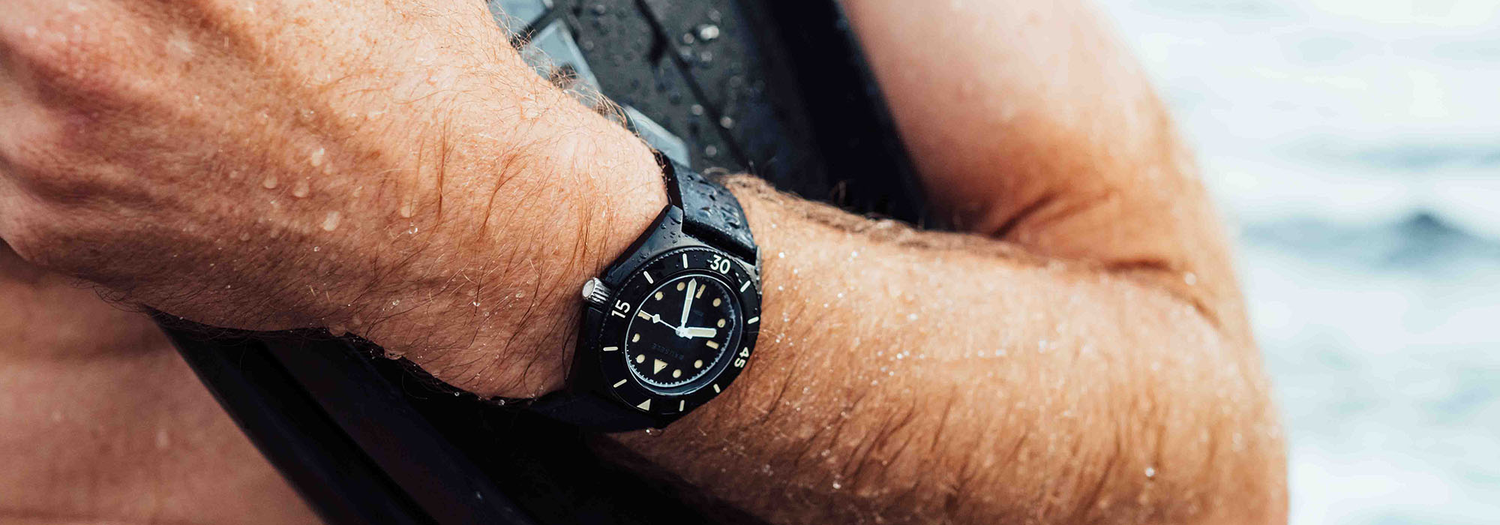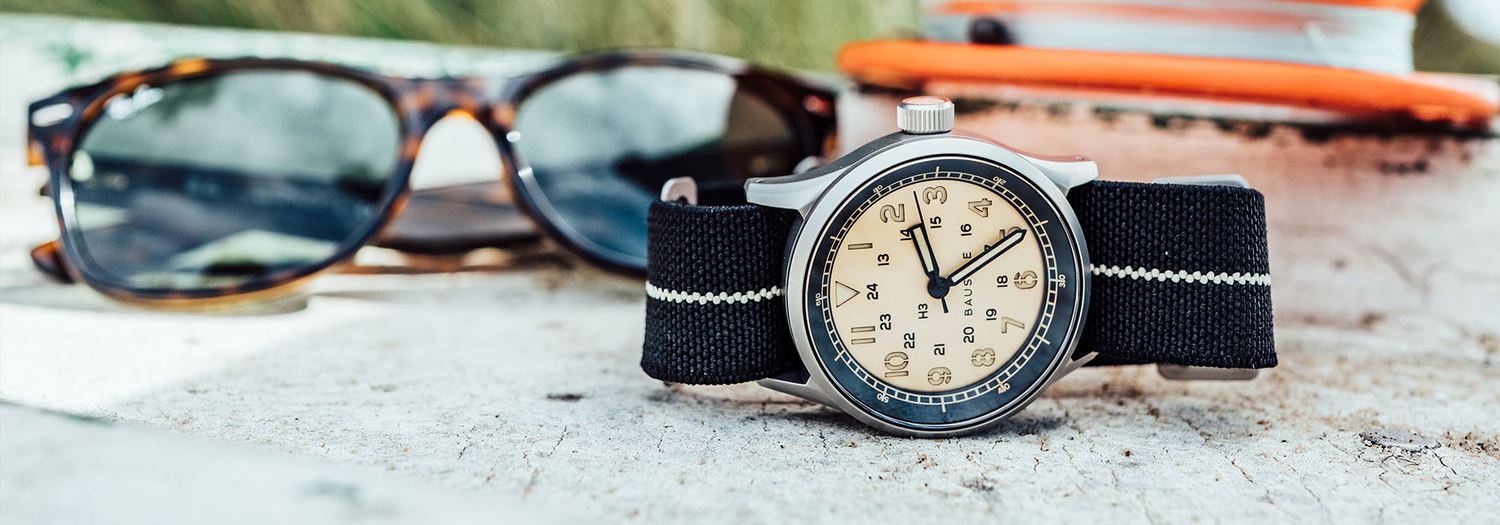Allison V-1710 & Kittyhawks
Allison V-1710 engine
In early 1930s, Allison Engine Company manager N. H. Gilman sketched a design for a 559 kW (750-hp), 12-cylinder engine that would incorporate high-temperature glycol cooling and a turbosupercharger. The U.S. Navy contracted with Allison to supply the engine (known as the V-1710-A) for use on its airships.
Originally known for modified Liberty engines and developing propeller reduction gears, this was the first of Allison’s own engines. Two years later the U.S. Army ordered a modified, more powerful version. This engine was redesigned during development and reintroduced in 1936 as the V-1710-C6.
Allison built more than 47,000 V-1710s in 57 versions. During World War II they powered various models of the Lockheed P-38, Curtiss P-40, Bell P-39 and P-63, and North American P-51. The engine pictured was the first Allison V-1710 engine to be flown. The U.S. Army Air Corps bought it in 1936 and flew it for 300 hours in the Consolidated XA-11A attack aircraft.
Allison V-1710-7 (V-1710-C4)
Type: Reciprocating, 12 cylinders, V-type, supercharged, ethylene glycol cooled
Power rating: 746 kW (1,000 hp) at 2,600 rpm
Displacement: 28 L (1,710 cu in.)
Bore and Stroke: 140 mm (5.5 in.) x 152 mm (6 in.)Weight: 575.6 kg (1,269 lb)

Tomahawks & Kittyhawks
Developed in the US from the radial-engine Curtiss P-36 fighter, the first P-40 version with an inline, liquid-cooled Allison V-1710 engine flew in October 1938. A large order for the USAAC soon followed as well as a 230 aircraft order from France to equip the depleted Armée de l'Air.
None of these aircraft reached France before the German attack in May 1940 and subsequent defeat of France. The French order was taken on by the British for the Royal Air Force which caused some initial problems as the aircraft were fitted with metric not imperial instrumentation and a throttle which operated in the opposite way to British service aircraft.
It was named the Tomahawk I and, while not suitable for operations over Europe, the RAF equipped squadrons in the Western Desert with the aircraft and it became the mainstay of the RAF fighter force in North Africa between 1941 and 1943.
Royal Air Force No 112 Squadron operating in North Africa was the first Allied unit to use the 'shark mouth' marking on the P-40s. Seen below on a Kittyhawk Mark III at Medenine, Tunisia. The ground crewman on the wing is directing the pilot whose view is obscured by the aircraft's nose.

The next version of this Curtiss fighter, the P-40D, became known as the Kittyhawk Mk I, and was followed by the P-40E (Mk IA), P-40F (Mk II), P-40K, M (Mk III) and the P-40N (Mk IV). In the US Army Air Force, the latter P-40 series were known as Warhawks.
Many Australians flew the Tomahawk and Kittyhawk (P-40E, K & N) in the North Africa and Middle East theatres with the RAF. The RAAF later flew the Kittyhawk in Italy with No 3 and No 450 Squadrons.
In Australia, the war with Japan from December 1941 exposed an almost total absence of modern fighter aircraft and hurried orders for Kittyhawks were placed in the US via the British Purchasing Commission. The machines which arrived in early 1942 came directly from American stocks and were soon in action in New Guinea with No 77 Squadron defending Port Moresby.
A small unit (33rd Pursuit Squadron) of American P-40's led by Major Floyd 'Slugger' Pell comprised the only air defence over Darwin on 19 February 1942 during the first Japanese air raid where all ten aircraft were lost and Pell was killed. The US Camp Pell in Royal Park, Melbourne was later named in his honour. The P-40 equipped USAAF 49th Fighter Group became the main air defence for Darwin for most of 1942.

The tide of battle in the Pacific began to turn in March 1942 when No 75 Squadron flew its Kittyhawks into operations over Port Moresby. RAAF Kittyhawks were decisive in the defeat of the Japanese landing force at Milne Bay in September 1942. Operating from an airfield almost on the front line, Nos 75 and 76 Squadron destroyed the Japanese landing barges, attacked targets on the ground and provided air defence against Japanese aircraft.
The RAAF continued to use the Kittyhawk as its primary fighter and fighter-bomber in the South-West Pacific for most of the war years. The Kittyhawks of Nos 75, 76, 77, 78, 80, 82, 84 and 86 Squadrons bore the brunt of air warfare in the counter-air and fighter-bomber roles. Many famous RAAF fighter pilots were associated with Kittyhawks, including Squadron Leader 'Bluey' Truscott DFC who was killed in A29-150 on 28 March 1943.

Milne Bay in September 1942 L to R: Wing Commander J. R. Balmer, Commanding 1st Australian Beaufort Torpedo-Bomber Squadron; Squadron Leader 'Bluey' K.W. Truscott, Commanding 76 Kittyhawk Fighter Squadron; and Squadron Leader Les Jackson, Commander of 75 Kittyhawk Fighter Squadron.
The 841 RAAF Kittyhawks included 163 P-40E, 42 P-40K, 90 P-40 M and 553 P-40N models. In addition, the RAAF ordered 67 Kittyhawks (C3-500/566) for No 120 (Dutch East Indies) Squadron. The Kittyhawk was retired from RAAF service in 1947.
A number of units were re-equipping with Mustang aircraft when the war ended in August 1945. No 2 Operational Training Unit at Mildura was the main RAAF fighter training unit and many Kittyhawks were operated there. Most surviving Kittyhawks were scrapped but a small number have been restored and flown in Australia since the 1980s.
Kittyhawk Mk IA (P-40E): Single-seat fighter-bomber. All metal stressed-skin construction.
POWER PLANT: One 1,600 hp Allison V-1710-73 or 81.
DIMENSIONS: Span 11.37 m (37 ft 3.5 in); length 9.68 m (31 ft 9 in); height 3.76 m (12 ft 4 in).
EIGHTS: Empty 2858 kg (6300 lb); loaded 4128 kg (9100 lb).
PERFORMANCE: Max speed 582 km/h (314 kt); Max cruise speed 502 km/h (271 kt); Initial Climb 625 m (2050 ft)/min; Normal range 1078 km (582 nm); Service ceiling 29,000 ft (8839 m).
ARMAMENT: Six 0.50 calibre guns in wings, and provision for 454 kg (1,000 lb) of bombs





